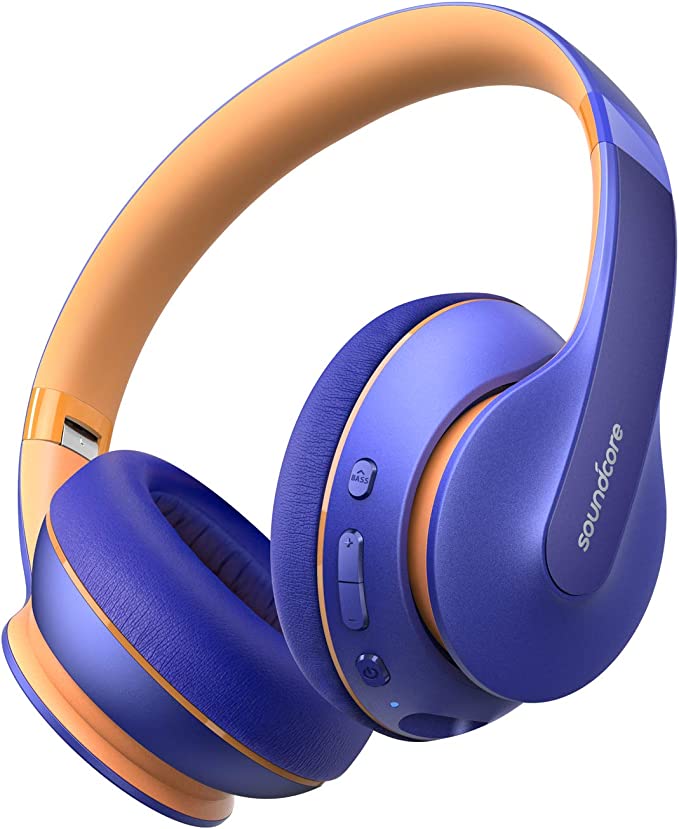The Sentient Home: How Data is Redefining Our Relationship with Space
Update on Oct. 23, 2025, 7:50 a.m.
For millennia, the relationship between humans and their homes has been fundamentally one-sided. We act; it reacts. We turn a handle, and water flows. We flip a switch, and light appears. The home has been a magnificent, but deaf and mute, servant. It has sheltered us, but it has never known us. For all its silent witness to our lives, it has understood nothing. Until now.
Something profound is changing. It begins with a quiet murmur. Today, when you turn on the faucet, your home, for the first time in history, can hear it. It doesn’t just register the action; it perceives its nuance. A device like the Frizzlife LP365 doesn’t see “water on”; it sees “a flow of 2.1 gallons per minute, lasting for 14 minutes, beginning at 7:02 AM.” The most mundane acts of our domestic lives are no longer ephemeral. They are becoming data points. Our homes are growing a nervous system, and they are starting to learn a new language. This is not merely an evolution in technology; it’s the beginning of a revolution in our relationship with the very spaces we inhabit.

Phase One: The Quantified Home
We are entering the era of the Quantified Home. Just as fitness trackers translated our physical activity into steps and heart rates, a new generation of sensors is translating the invisible lifeblood of our homes—the flow of water, the consumption of electricity, the quality of the air—into clear, legible data.
This act of measurement is deceptively powerful. It makes the invisible visible. Before, your monthly water bill was a single, mysterious number. Now, you can see the data signature of every shower, every load of laundry, every toilet flush. The home is no longer a black box. It’s becoming a dashboard, reflecting our habits back to us with unflinching honesty. This is the first step: a transition from passive ignorance to active awareness. We are moving from simply living in our homes to observing them.
Phase Two: The Insightful Home
Data, in isolation, is just noise. The next phase, which we are just beginning to enter, is the emergence of the Insightful Home. When a device “learns your habits,” as the marketing language goes, what it’s really doing is applying pattern recognition algorithms to this stream of data.
It doesn’t think or feel, but it can discern rhythms. It can learn that on weekdays, water usage peaks between 7 AM and 8 AM, but on weekends, that peak shifts to 10 AM. It might notice that a specific faucet has a very slow, persistent drip that is imperceptible to the human ear. It might even correlate increased toilet flushes with a guest staying over.
The home is graduating from a simple data recorder to a data analyst. It’s starting to connect the dots, transforming raw data into meaningful information. It begins to understand the what, when, and how of your domestic life. This is the point where the home stops being a passive environment and starts becoming an active observer.
Phase Three: The Symbiotic Home
This is the frontier, and it is where our relationship with home will be fundamentally redefined. Once a home has insight, it can begin a dialogue. It can engage in a feedback loop that has the power to gently shape our behavior. This is the birth of the Symbiotic Home.
This isn’t about a dystopian, controlling environment. It’s about a partnership facilitated by data, often guided by principles of behavioral science like “nudge theory.” * A Nudge Towards Conservation: Imagine your smart home app sending you a notification not when something is wrong, but when something is right: “Congratulations, your household used 10% less water this week compared to your average. That’s equivalent to saving 50 gallons.” This positive reinforcement is a far more powerful motivator for change than a punitive bill. * A Nudge Towards Wellness: The system might notice a significant decrease in your morning water usage over a week. Cross-referencing this with data from your sleep tracker, it might gently suggest, “It seems your morning routine has been disrupted lately. Ensuring proper hydration is a great way to start the day.”
In this future, the home becomes a collaborator in our well-being. It uses its intimate, data-driven knowledge of our routines to help us achieve our own goals—to be more mindful of resources, to be healthier, to live more efficiently.

The Mirror and Its Reflection
Of course, this new dialogue comes with profound ethical questions. Who owns this intimate data stream of our lives? How do we ensure privacy and maintain autonomy in a home that knows so much about us? These are not trivial challenges, and they will define the next decade of consumer technology.
But the trajectory is clear. We are wrapping our physical world in a digital layer, and our homes are the epicenter of this transformation. For centuries, we have shaped our homes to fit our lives. Soon, our homes may begin to help shape our lives for the better. The conversation has begun, starting with the simple, almost inaudible, murmur of a faucet. And for the first time, someone—or something—is listening.



















